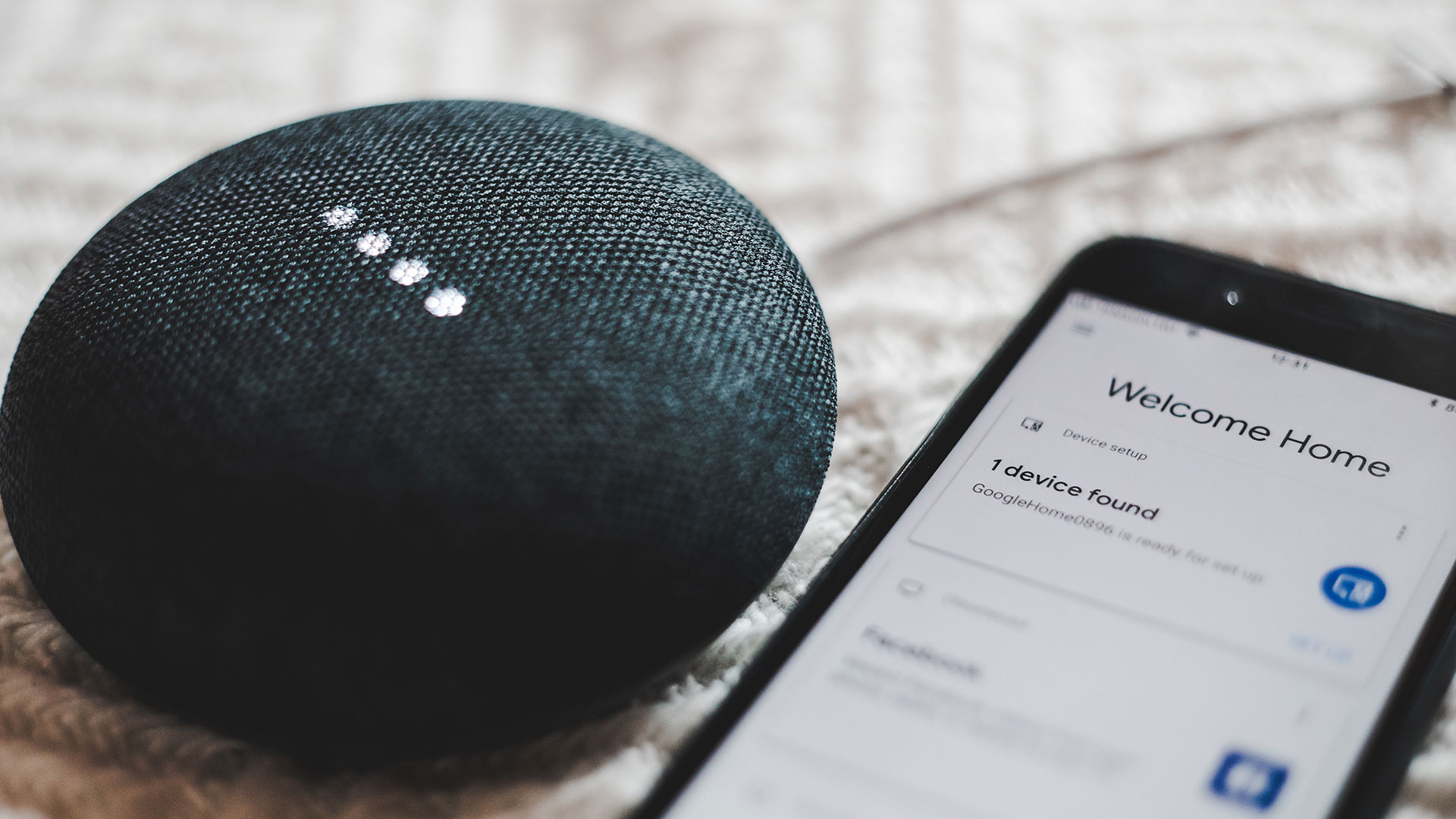Explore more

As your morning alarm rings, the blinds around your home retract and the lights flicker on. Your coffee machine starts up, and you enjoy a warm shower thanks to a smart heater that activated along with your alarm.
While driving to work, a virtual assistant runs you through your appointments for the day and picks out important emails that require your response. And at the plant where you are an engineer, routine physical inspections are a thing of the past. Instead, machinery problems are flagged through the dozens of sensors built into the equipment, and brought to your attention via alerts on your computer and phone.
All this may sound like scenes from a sci-fi movie, but it could be our reality by 2030. The Internet of Things (IoT), the next wave of technology where items and appliances are imbued with sensors that can communicate with one another, is primed to disrupt our lives in big ways.
Already, it’s making headway in the sectors of home solutions and even consumer healthcare, as seen through the use of Fitbit-type technology by health-conscious consumers.
It’s also changing the face of numerous industries, from manufacturing to energy and utilities, through its ability to collect immense amounts of data by using sensors. Along with the use of predictive analytics and real-time monitoring, the IoT wave can lead to efficiencies in the form of automation, efficient energy use and reduced downtime, among others.
As a simple example, a company that sells printers can be alerted via sensors when a unit is about to run out of ink. This then enables the company to mail out a new ink cartridge to the customer as part of an ongoing monthly service.
As the world embraces disruptive technologies, Asia is firmly in the driving seat as it has forged ahead of the rest of the world in IoT adoption. As of 2017, some 36% of Asian enterprises had adopted IoT solutions - three times the corresponding figure in 2013.
What will a more connected world mean for consumers and businesses in the next decade?
To download the full report on Reimagining Connectivity, please click the following:
Asian Insights SparX: Internet of Things: The Pillar of Artificial Intelligience